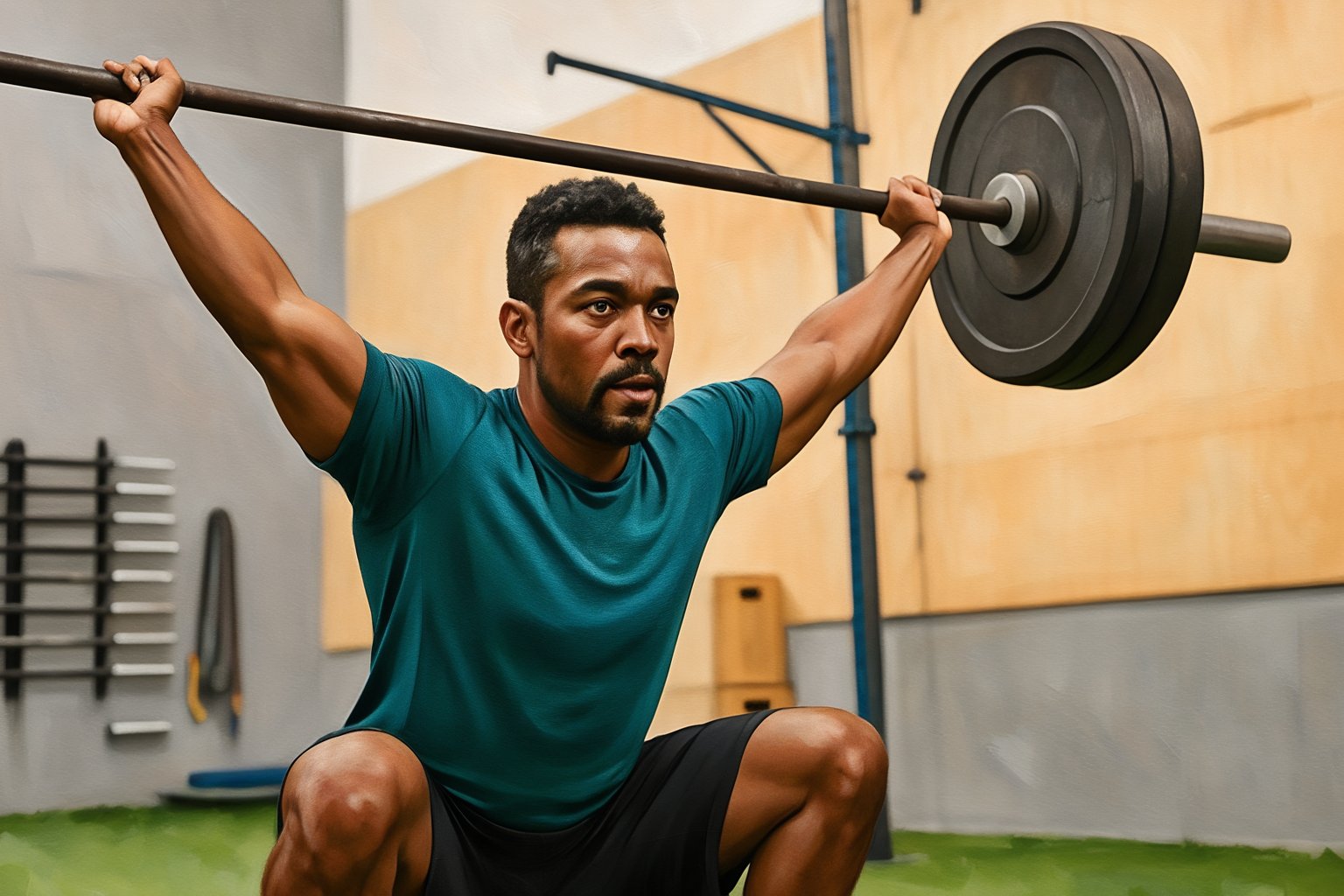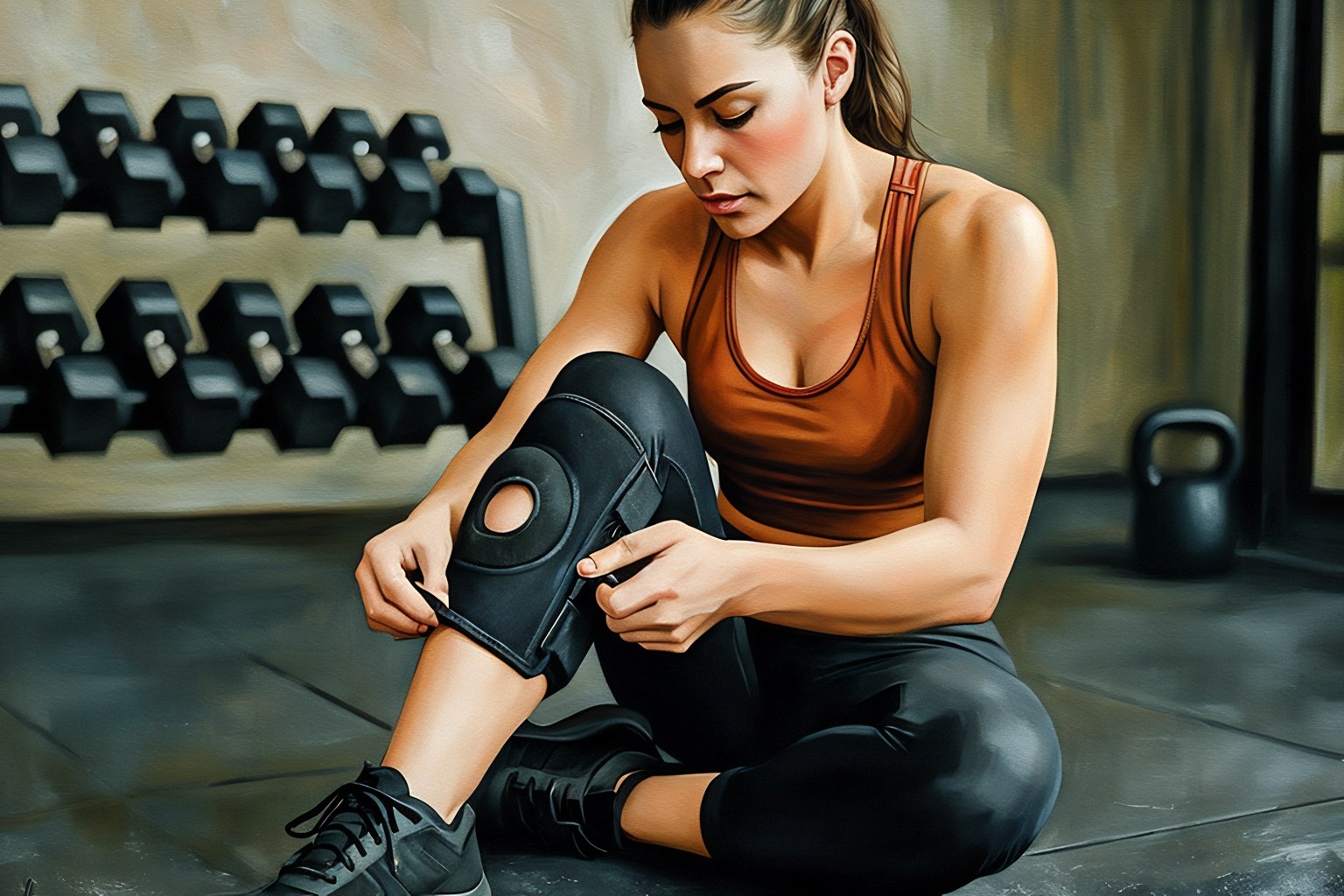Why Warm-Up and Cool-Down Are Essential to Injury Prevention
In the world of fitness, injuries can be a major setback, often disrupting your progress and sidelining your goals. Fortunately, the good news is that a significant number of injuries are preventable, and it all begins before you even start your workout or right after you finish it. The secret? A solid warm-up and cool-down routine. These two phases of exercise are often overlooked, yet they are crucial to protecting your body and ensuring that you can continue training without injury.
Many people jump straight into intense workouts, eager to see results quickly. But doing so without preparing your body properly can lead to strained muscles, joint pain, or worse. On the flip side, a proper cool-down routine can reduce muscle soreness and enhance recovery, allowing you to bounce back quicker and stay injury-free in the long run. In this article, we’ll dive deep into why warm-ups and cool-downs are necessary, how they prevent injuries, and how you can incorporate them into your fitness routine.
Understanding the Role of a Warm-Up
A warm-up is a deliberate process designed to gradually increase your heart rate and blood flow to your muscles, preparing them for the more intense physical activity to come. This helps activate your muscles, joints, and nervous system, making them more responsive to the demands of exercise. Skipping this critical step can lead to tight muscles, limited range of motion, and an increased risk of strains, sprains, or even tears. By spending time warming up, you give your body the best chance of performing optimally while minimizing the risk of injury.
The ideal warm-up should not just be a simple stretching routine but rather a combination of activities that prepare both your body and mind for exercise. It should last between 10 and 15 minutes and involve dynamic movements that increase your heart rate and activate the muscle groups you’re about to use. This is where dynamic stretching — which involves moving parts of your body and gradually increasing your reach, speed, or both — comes into play.
Dynamic stretching, unlike static stretching, increases blood flow and improves flexibility while warming up the muscles in preparation for more strenuous movements. Movements like leg swings, high knees, and arm circles can help engage your muscles and joints, improving mobility and range of motion, which are critical in avoiding injuries. It’s a time to gently nudge your body into motion, not an intense stretch or overextension.
Key Elements of an Effective Warm-Up Routine
An effective warm-up should include activities that prepare the body for a range of motions and movements you’ll be performing during your workout. Here are some important elements to include in a proper warm-up:
Increase the Heart Rate: Gradually raise your heart rate to improve circulation and blood flow to the muscles. Light cardio, such as brisk walking or slow jogging, is ideal for this.
Dynamic Stretching: Focus on moving your muscles through their full range of motion to enhance flexibility and joint mobility. This is essential for preventing stiffness and limiting injury risk.
Muscle Activation: Engage the muscles you plan to use in your workout by performing light versions of the exercises or movements you’re about to do. For example, if you plan to do squats, perform air squats or practice hip hinge movements.
Joint Mobility: Pay special attention to areas like the shoulders, hips, and ankles, which are more prone to injury. Incorporating joint circles or rotations helps improve the range of motion and reduces stiffness in these areas.
By integrating these elements into your warm-up routine, you prepare both your muscles and joints for the strain they’ll face, reducing the likelihood of injury. Your warm-up should be gradual and controlled, allowing your body to ease into more intense movements without shocking it.
The Importance of Cooling Down After a Workout
While warm-ups get your body ready for exercise, cool-downs serve an equally important purpose: helping your body return to a resting state after the stress of a workout. Cooling down allows your heart rate, blood pressure, and body temperature to return to normal, reducing the risk of dizziness or fainting. But beyond that, a proper cool-down routine promotes muscle recovery, flexibility, and the prevention of soreness, which can make a huge difference in your ability to keep training without unnecessary discomfort.
Immediately after a strenuous workout, your muscles are tense and may be tight. Cooling down helps prevent blood from pooling in your lower extremities, which can cause discomfort and fatigue. By gradually reducing the intensity of your exercise, you allow your heart and body to adjust back to a more relaxed state. This will also help flush out waste products, such as lactic acid, from your muscles, which can contribute to soreness.
Additionally, cooling down can aid in mental relaxation. It’s the perfect opportunity to take a moment to reflect on your workout and appreciate the hard work you’ve put in. This psychological aspect helps maintain your motivation and focus for the long-term journey toward your fitness goals.
How to Effectively Cool Down
A proper cool-down should last around 10 minutes and should include two main components: light cardio and stretching. The goal is to slowly bring your heart rate back down while stretching and relaxing the muscles you’ve worked.
Here’s what your cool-down should include:
Light Cardio: Start by lowering the intensity of your workout. If you’ve been running, slow down to a brisk walk or light jog. If you’ve been weightlifting, spend a few minutes walking on the treadmill or cycling at a moderate pace.
Stretching: After the intensity of your workout, static stretching becomes effective in helping to lengthen and relax the muscles. Focus on the muscle groups you used during your workout. Holding each stretch for 20-30 seconds helps improve flexibility, relieve tension, and prevent stiffness.
Breathing Exercises: Breathing exercises are a great way to promote relaxation and lower your heart rate. Deep, diaphragmatic breathing helps lower stress levels and encourages your body to recover properly.
When you stretch during your cool-down, aim for a range of movements that target your key muscle groups, particularly those that might have been stressed during the workout. This might include hamstring stretches, quad stretches, and calf stretches if you’ve done a lot of lower body exercises, or shoulder and tricep stretches after upper body work.
Injury Prevention Through Warm-Up and Cool-Down
By prioritizing your warm-up and cool-down routines, you’re directly investing in injury prevention. When you warm up, you prepare your muscles and joints for action, minimizing the risk of strains, sprains, and other injuries caused by sudden or unprepared movements. Cooling down, on the other hand, prevents the muscles from seizing up post-workout and helps them recover more effectively, reducing soreness and promoting flexibility.
In addition, warming up and cooling down improve the overall quality of your workouts. A proper warm-up enhances your performance by improving muscle activation and mobility, allowing you to lift more weight or perform more reps without compromising form. Similarly, cooling down aids in the recovery process, ensuring that you feel ready for your next workout instead of battling stiffness or fatigue.
Unique Warm-Up and Cool-Down Routines to Prevent Injury
Creating a personalized warm-up and cool-down routine that fits your specific needs can make all the difference in preventing injury. Here are some unique exercises you can incorporate into both your warm-up and cool-down to ensure your body stays protected:
Warm-Up: Glute Activation: If you plan to perform squats or other lower-body exercises, start with a glute activation exercise. This can be as simple as performing a few rounds of hip thrusts or lateral band walks. These movements help activate the glutes, which are often underworked, preventing strain in the lower back and knees.
Warm-Up: Ankle Mobilization: Many people suffer from ankle injuries, so including some ankle mobility exercises can prevent problems in this area. Try performing ankle circles, or use a foam roller on your calves and shins to promote better ankle flexibility before your workout.
Cool-Down: Hamstring and Hip Flexor Stretching: The hip flexors and hamstrings are often tight, particularly after a lower-body workout. Incorporating static stretches like the standing hamstring stretch or lunging hip flexor stretch can improve flexibility and reduce tightness in these areas.
Cool-Down: Seated Forward Fold: This stretch is excellent for decompressing the spine and stretching the hamstrings and lower back. Sitting with your legs extended in front of you, reach forward toward your toes, stretching the back of the legs and releasing tension from the spine.
These unique warm-up and cool-down exercises target specific areas that can be prone to tightness or injury, offering a proactive approach to preventing common workout-related injuries.
The Secret to Longevity in Fitness: Consistency
Ultimately, injury prevention isn’t just about performing warm-up and cool-down routines every once in a while. It’s about making them a consistent part of your fitness regimen. By integrating these routines into every workout, you create a habit that ensures your body stays in top condition. A warm-up and cool-down become as essential to your routine as the workout itself, allowing you to push harder, recover faster, and stay injury-free for the long haul.
By prioritizing these simple yet effective routines, you are setting yourself up for long-term success in your fitness journey. Your body will thank you as you continue to grow stronger, more flexible, and more resilient.
Ready to Move Forward: Embrace Injury-Free Progress
Warming up and cooling down are vital components of any successful fitness routine. They protect your body from injury and help ensure that your hard work pays off in the form of strength, endurance, and overall health. The more consistently you incorporate these practices into your workouts, the better your body will perform and recover. So, don’t rush through your fitness routine — take the time to properly prepare and recover, and you’ll experience fewer injuries and greater progress. It’s all about giving your body the care and attention it deserves as you strive to reach your fitness goals.




